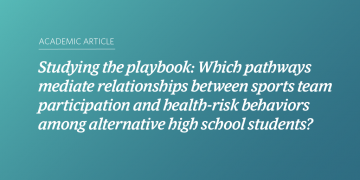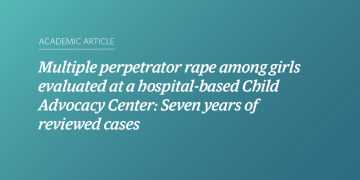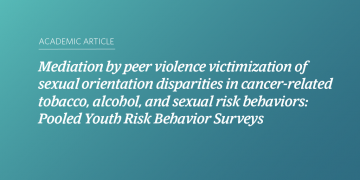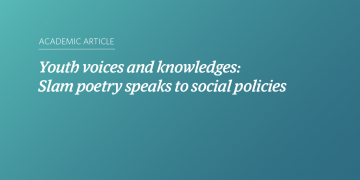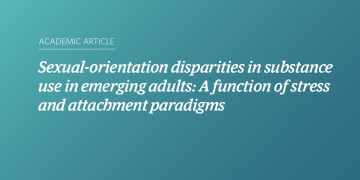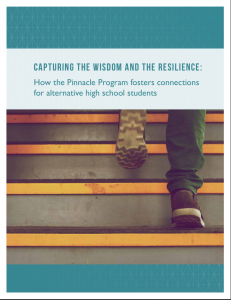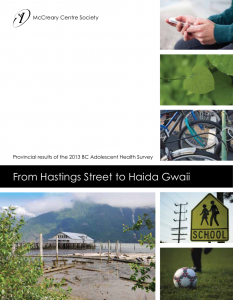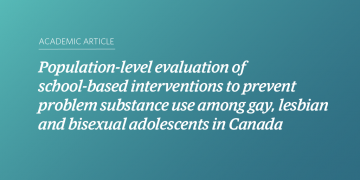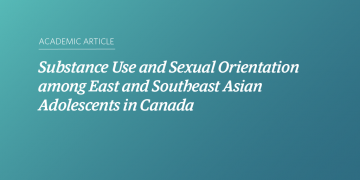Studying the playbook: Which pathways mediate relationships between sports team participation and health-risk behaviors among alternative high school students?
Abstract Alternative high school (AHS) students engage in high levels of substance use and risky sexual behaviors. Sports team participation holds great potential for building resilience and preventing health-risk behaviors. Yet, little is known about sports team participation among this population. We used logistic regression-based path analytic frameworks (multiple mediator models) to simultaneously explore whether […]
Relationships between sports team participation and health-risk behaviors among alternative high school students
Abstract Background: Evidence suggests that sports team participation differentially relates to health-risk behaviors. Few studies have explored relationships among high-risk youth. Purpose: To examine associations between weekly sports team participation and health-risk behaviors (substance use, sexual risk-taking, violence involvement) among alternative high school (AHS) students. Methods: Data for this repeated cross-sectional analysis came from the […]
Multiple perpetrator rape among girls evaluated at a hospital-based Child Advocacy Center: Seven years of reviewed cases
Abstract The aim of this study was to describe contextual events, abuse experiences, and disclosure processes of adolescents who presented to a hospital-based Child Advocacy Center for medical evaluation and evidentiary collection as indicated after experiencing multiple perpetrator rape during a single event (n = 32) and to compare these findings to a group of […]
Mediation by peer violence victimization of sexual orientation disparities in cancer-related tobacco, alcohol, and sexual risk behaviors: Pooled Youth Risk Behavior Surveys
Abstract Objectives: We examined the role of adolescent peer violence victimization (PVV) in sexual orientation disparities in cancer-related tobacco, alcohol, and sexual risk behaviors. Methods: We pooled data from the 2005 and 2007 Youth Risk Behavior Surveys. We classified youths with any same-sex sexual attraction, partners, or identity as sexual minority and the remainder as heterosexual. We […]
Youth voices and knowledges: Slam poetry speaks to social policies
Abstract Policies related to youth and their sexuality, health, and rights are rarely informed by youth voices and perspectives. We sought to understand youth voice and knowledges in their conceptions of youth rights expressed through slam poetry. We draw from theories of critical race, LatCrit, and asset-based approaches to adolescent sexual health to explore youth’s […]
Sexual-orientation disparities in substance use in emerging adults: A function of stress and attachment paradigms
Abstract More lesbian, gay, and bisexual (LGB) youths than heterosexuals report substance use. We examined a theoretical model to understand these disparities in lifetime and past-year substance use by means of stress and attachment paradigms, using the longitudinal Growing Up Today Study (GUTS) and Nurses’ Health Study II (NHSII). GUTS participants are the children of […]
Capturing the wisdom and the resilience: How the Pinnacle Program fosters connections for alternative high school students
The Pinnacle Program is a joint partnership between the Vancouver Board of Education and the Ministry of Children and Family Development (MCFD–the Provincial Ministry responsive for child protection) which provideg low barrier access for youth who wish to complete their Secondary School Graduation Certificate (Dogwood Diploma or Adult Dogwood Diploma). Many of the youth who […]
From Hastings Street to Haida Gwaii: Provincial results of the 2013 BC Adolescent Health Survey
The 2013 BC Adolescent Health Survey was administered to almost 30,000 public school students across the province. It provides a comprehensive look at the health of youth aged 12–19. This is the fifth time students have been asked to complete the survey since 1992, and the regional coverage was the highest yet. Fifty-six of the […]
Substance Use and Sexual Orientation among East and Southeast Asian Adolescents in Canada
Abstract The purpose of this study was to examine the relationship between substance use and sexual orientation among Asian adolescents in Canada. We analyzed an East- and Southeast-Asian subsample of a province-wide, school-based survey (weighted N = 51,349). Compared to heterosexual adolescents of the same gender, gay, lesbian, bisexual, and mostly heterosexual adolescents were more likely to use […]
